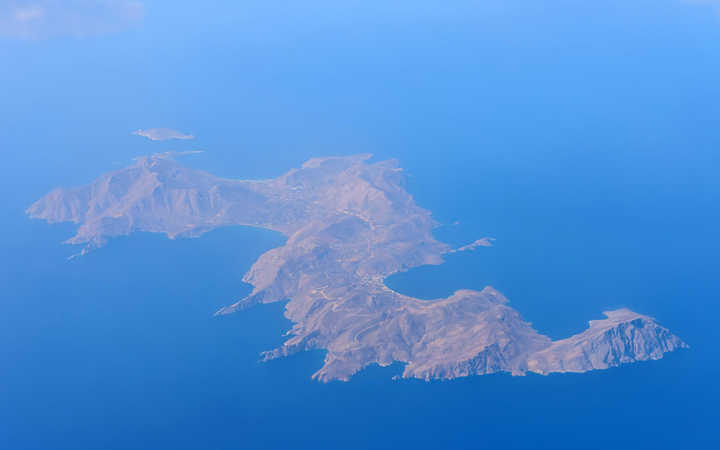Tilos was inhabited from the Neolithic era (8000-7000 BC), to which the important and impressive paleontological findings of prehistoric elephants bear witness. Their skeletons were found after the excavations that took place in Charkadio cave. Other excavations prove the Minoans and subsequently the Mycenaeans also lived on Tilos, as in other Dodecanese islands. The island was also inhabited by the Pelasgians and this can be seen from the walls that were found.
Herodotus spoke of the golden age of Tilos in the 7th century BC, during which Tilini of Gelas colonized Sicily with Tilos islanders and Lindos residents.
The rich cultural tradition of Tilos is directly connected to its history. Samples of Tilos civilization are its ancient and Byzantine monuments, the castles, the caves, the churches, the monasteries and the rare icons and hagiographies. Specifically, during the Byzantine era, strong artistic creativity was developed in ecclesiastical activity.
The excavations of the skeletons of pygmy elephants dating back to 4,500 BC in Charkadio cave are considered a very important fact.
Tilos was the birthplace of the ancient poet Irinna, contemporary of Sapfo, who became inspired by the natural beauty of the island, its aromas, its vegetation and its calmness. Through her poetry in praise of Tilos, she passed on to us the most noble of human values.
Finally, the oppressors Lelon and Leron, the establishers of Big Greece, came from Tilos.











